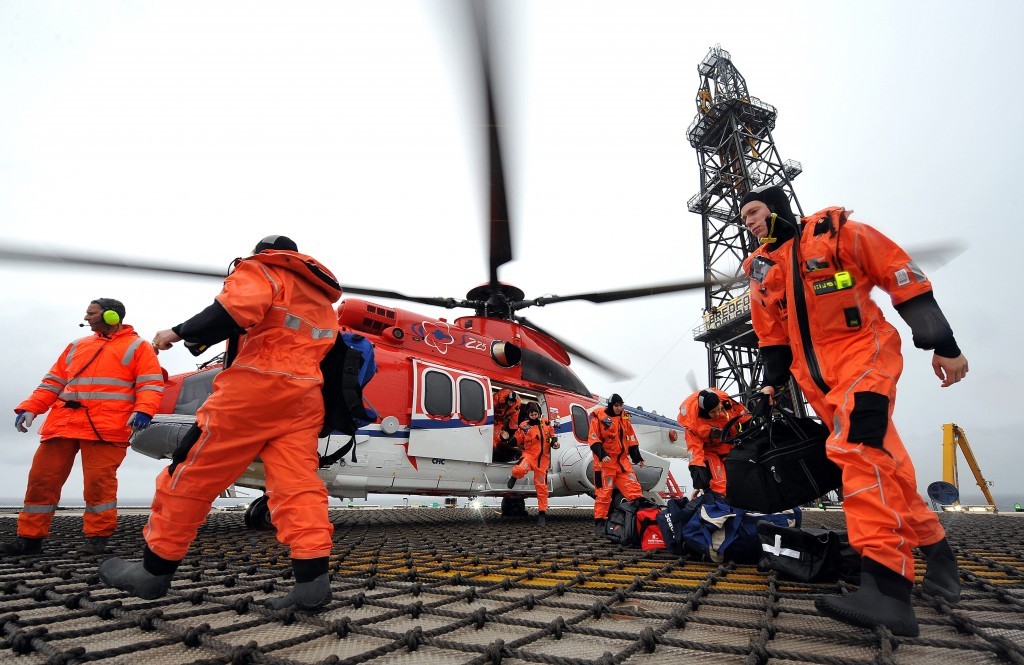
Unite the union has launched a survey of its members on North Sea helicopter safety following a series of issues in recent weeks.
So far this year, the sector has seen a fatal crash off Norway, continued supply chain constraints over spare parts and moves by Airbus to reintroduce the Super Puma model.
The poll, which can be found here, asks workers for their thoughts on the S-92, which is the dominant helicopter in the UK.
It also asks members for their opinion on the Super Puma, which was removed from the sector in 2016 following a series of fatal crashes.
Unite said: “There have been several stories about offshore helicopters in the media over the past weeks and months.
“It is within this context that Unite Offshore has launched an online poll of members and offshore workers about helicopters and helicopter safety”.
S-92 ditching in Norway
At the end of February, a search and rescue helicopter in training for Equinor near Bergen ditched, with one person tragically dying.
North Sea operators have kept the airframe in service and, in conjunction with the country’s aviation authorities, said there is no suggestion of a wider impact on helicopter safety.
Investigations are ongoing, including into the reasons the flotation devices which were armed did not automatically deploy in the water.
61-year-old Reidun Hestetun last her life in the incident on February 28.
Read more below:
Super Puma return
Also in February, shortly before the S-92 incident, Airbus executives hinted at a potential return of the H225 Super Puma helicopter to the North Sea oil and gas sector.
Head of energy Regis Magnac told reporters that Airbus is now fielding questions from the offshore sector, and has recently hosted delegations from Norwegian unions.
Norway has been almost exclusively reliant on the S-92 for its operations since a 2016 Super Puma crash saw the latter airframe exit the sector.
It followed a series of other fatal crashes, leading workers to dub it the “flying coffin”.
Super Puma programme head Michel Macia said: “We did not communicate to the oil-and-gas market for a long time, but now they are coming and asking questions.
“I think [it’s true] that, in particular in Norway, there is a lot of perception [about the Super Puma’s safety] . . . but I think that perception is changing.”
In response to the comments, unions said any return of the Super Puma would “poison” industrial relations in the North Sea.
In its survey, Unite said no operator in the UK has declared any interest in using the Super Puma, either publicly or in discussions with the union.
S-92 spare parts
The S-92 helicopter, which is dominant across the UK and Norway, is facing a global spare parts issue which has seen some helicopters grounded.
Speaking to analysts earlier this month, Bristow Helicopters CEO Chris Bradshaw said “extended delays” in sourcing components showed no signs of letting up.
The group expects to increase use of the AW189 model in order to loosen pressure on the heavier aircraft.
Last month, Equinor shared news that it had secured 15 new helicopters for passenger traffic through deals with helicopter manufacturers Bell and Leonardo.
Following the deal, Equinor is set to receive ten new Bell 525 helicopters and five AW189 helicopters, which is expected to provide greater variety in the Norwegian fleet.
The UK offshore sector already has a mix of S-92, H175, AW139 and AW169 helicopters in its fleet.
Recommended for you

